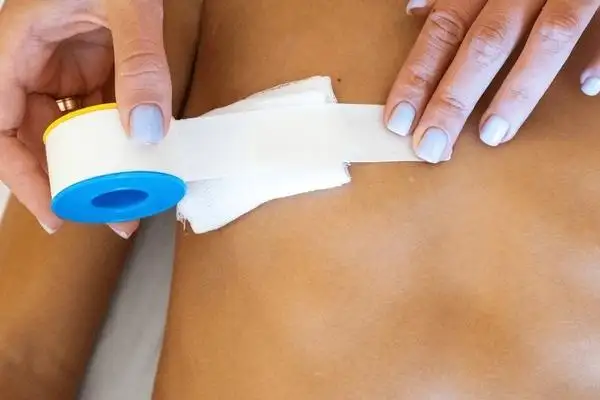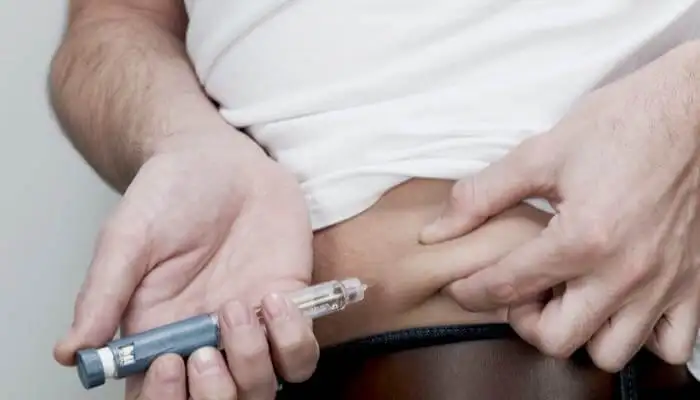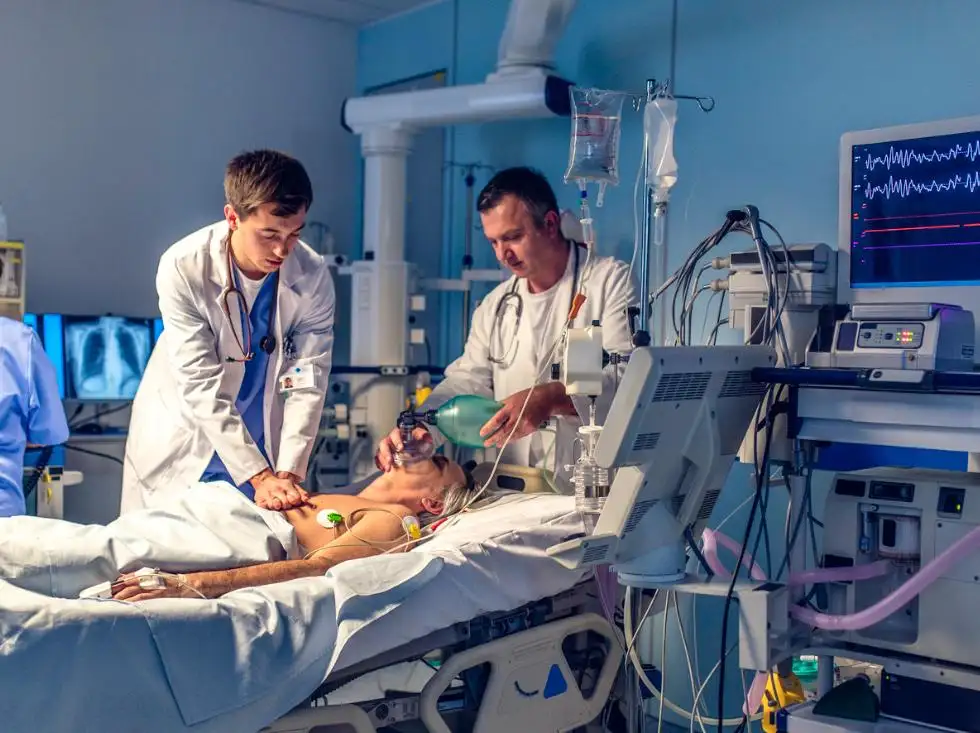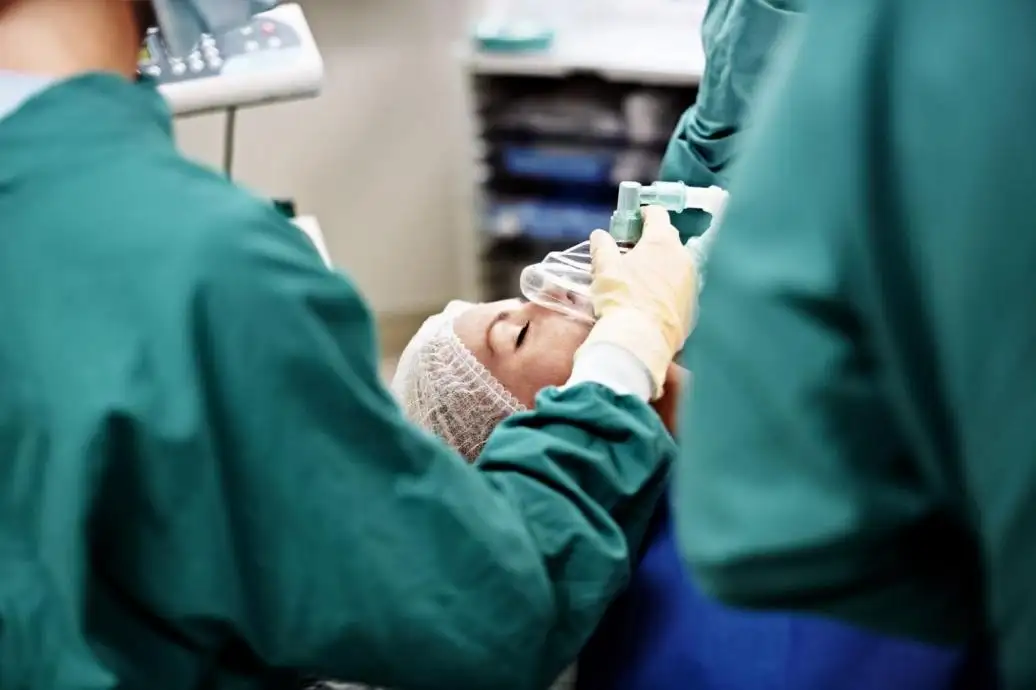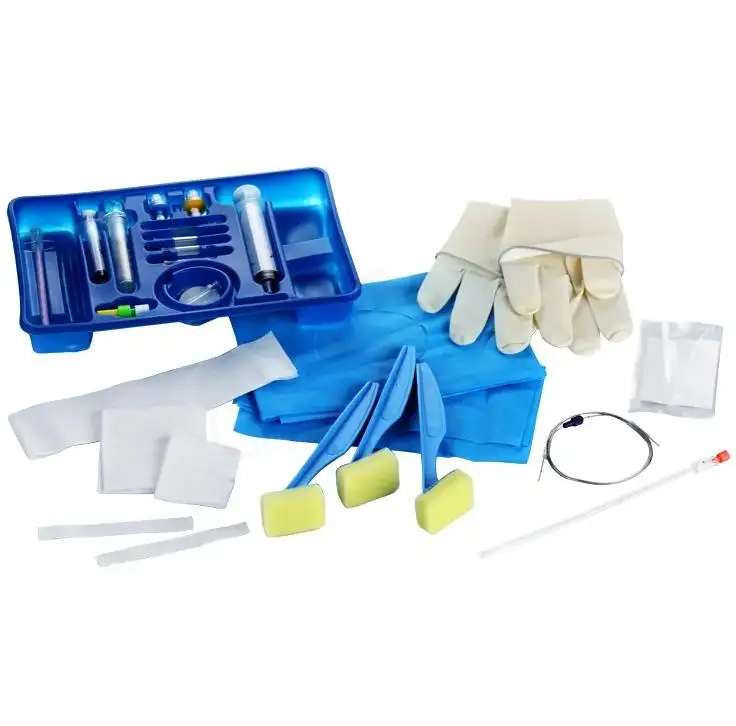Are Custom Medical Devices Safe? Risks, Safety & Regulations
What are Custom Medical Devices?
Are custom medical devices safe? Custom medical devices refer to patient-specific health care products that are aimed at addressing the special medical needs of a patient. Compared to commercial medical products, custom-made devices are designed to serve a single patient. Examples include:
- Cranial plates, spinal cages, or dental restorations are custom implants.
- Orthotics and prosthetics that are custom-made to regain movement.
- Medical devices made by 3D printing for reconstructive surgery.
- Custom-made surgical tools designed to perform major or extreme surgeries.
The rising demand for personalized medicine has driven this industry, yet with personalization, there is the urgent problem of safety and regulation.
Is Custom Medical Devices Safe? Guide to Safety, Risk, and Regulations
Personalized care is no longer a luxury in the modern healthcare environment, as it has become a necessity in the current changing healthcare landscape. Patients all over the world are demanding medical solutions that are responsive to their individual anatomic, physiological, and clinical demands. This need has led to the development of tailor-made medical devices, including patient-specific implants, up to state-of-the-art prostheses. Nevertheless, a single question keeps ringing throughout the hospitals, regulatory agencies, and patient groups: Are custom medical devices safe? The yes and no are not the only possible answers. As in all medical inventions, big advantages, yet possible threats, come with such inventions.
Do Custom Medical Devices Work?
The design quality, regulatory approval, biocompatibility, and clinical validation of custom medical devices are the combination that determines the safety of the device. These devices are not mass-produced, and therefore, they might not be subjected to massive clinical trials, like those of the mass-produced devices. Rather, the safety assurance is frequently based on:
- Strict design validation before use by patients.
- Biomaterial testing of biocompatibility.
- Compliance with ISO standards of medical apparatus.
- Regulatory approval, e.g., FDA or CE marking.
Ideally, tailor-made medical devices can be realized and can be comparable to the standard devices in case the manufacturers, as well as clinicians, adhere to the rigorous protocols and safety standards of medical implants.
Palm Type Aneroid Sphygmomanometer Benefits and Uses
The Palm Type Aneroid Sphygmomanometer is a reliable diagnostic instrument that can measure blood pressure well in different environments. The fact that it is very small and light means that it can be carried around by healthcare professionals who may require a reliable and portable device. It is compact, unlike large machines, and thus very easy to carry, and it is ideal in hospitals, clinics, ambulances, and even home healthcare. This feature is of great benefit to the medical personnel who often transfer to the wards or fields.
- Clear and Easy-to-Read Scale
It has a clear and easy-to-read scale that can be considered one of its greatest strengths. The instrument has accurate graduation marks, and it shows the blood pressure readings accurately and consistently. This will guarantee that healthcare providers are able to get quality measurements without doubting the outcomes. This will mean more confidence to the patients that what they read reflects their actual health condition.

- Anti-Shake Function
The other valuable feature is the anti-shake feature. The hands for blood pressure measurement are usually steady, particularly in hectic places like emergency rooms or ambulances. The Palm Type Aneroid Sphygmanometer lowers the effect of hand movement to ensure smooth work and eliminates possible errors. This is a valuable attribute when it comes to field rescue teams and medical practitioners who need to make precise measurements in suboptimal conditions.
- Good Stability and Great Life
Another characteristic of this device is durability. The sphygmomanometer is stable with a long life span; therefore, it is designed to last the test of time without loss of accuracy. In the case of hospitals and clinics that involve daily blood pressure monitoring, such a long life translates to reduced maintenance expenses and reliability with time.
- Ergonomic and User-Friendly
It is also user-friendly and ergonomic designed, the palm-sized bulk sphygmomanometer is easily placed in the hand. It is lightweight in construction, meaning it will not strain the arms of the nurse and doctor during extended usage, as is particularly favored by those who make numerous measurements during the day.
- Precision, Portability, Durability, and Convenience
The Palm Type Aneroid Sphygmomanometer is an economical, dependable, user-friendly device that is highly useful in a professional health care setting as well as any other place where it can be utilized at home. It has integrated accuracy, portability, durability, and ease of use into a single small device, making it a key to successful blood pressure management.
The Safety Standards and Testing
The risk management relies on the medical device safety standards. The manufacturers must comply with:
- Quality management systems in medical devices- ISO 13485.
- In the case of medical devices, the ISO 14971: Risk management.
- To verify safe interaction with human tissue, biocompatibility tests (ISO 10993) are performed.
- The human factor engineering behind the safety of medical devices to determine usability and reduce errors.
With these standards, it is possible to provide clinical validation of custom-made devices at a higher level of reliability, enhancing the application of custom medical devices in practice.
Safety and Clinical Concerns in Patients
In the view of the patient, the safety of customized medical equipment depends on several clinical factors:
- Risk-Benefit Analysis of Personalized Devices - balancing the results of treatment with possible complications.
- Prosthetics and Implant Safety Analysis - Customization of prosthetics and evaluation of their safety are important to ensure that their functioning is normal.
- Tracking Patient Outcomes Using Bespoke Equipment - Consistent clinical follow-ups are required.
- Medical Device Safe Design - Prevents complications in the course of long-term usage.
Conclusion
Thus, are custom medical devices safe? The answer is yes - when they are developed with full compliance to regulations, tested to be biocompatible, and observed via clinical validation. These devices promise to bring the idea of personalized medicine, but they need responsible manufacturing and education of patients. Safety of custom medical devices will require cooperation at the end of the day: manufacturers, regulators, clinicians, and patients should cooperate to ensure that innovation does not come at the expense of patient safety. Visit Greetmed.
Submit Your Request
Recent Posts
Tags
- Adult Diapers
- Are custom medical devices safe
- Baby Diapers
- Can respiratory anesthesia be used
- Digital Healthcare
- Do you offer customized consumables
- European Market
- How do you take care of a skin wound
- Industry Trends
- Lady Sanitary Napkins
- Medical Devices
- OEM Medical Devices
- Product Introductions
- Protective Equipment
- Under Pads
- What are custom-made medical devices
- What are diagnostic products
- What are hospital dressing products
- What are medical tube catheters
- What are some common protective equipment
- What are the appropriate applications for hospital dressing products
- What are the appropriate uses for protective equipment
- What is a gynecological examination
- What is a medical consumable
- What is an anesthesia kit
- What is an OEM in medical devices
- what is an wound skin care
- what is can disposable ultrasonic diagnostic
- What is good manufacturing medical devices
- What is hospital-grade protective equipment
- what is medical equipments hospital furniture
- What is medical sterilization wrapping
- What is rehabilitation equipment device
- What medical consumables do you supply
- Where can I find laboratory consumables wholesale
- where can I find medical protection device
- where to buy hypodermic accessories
- where to buy medical apparel
- where to buy medical consumable accessories
- where to find OEM medical device supplier
- where to find rehabilitation equipment supplier





